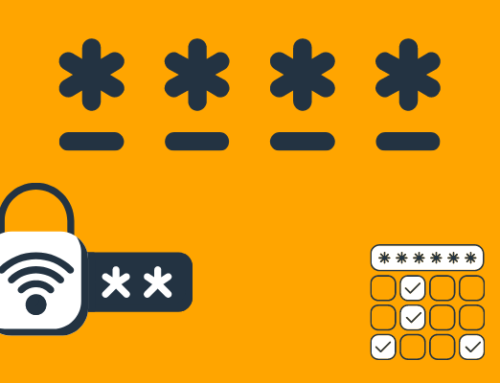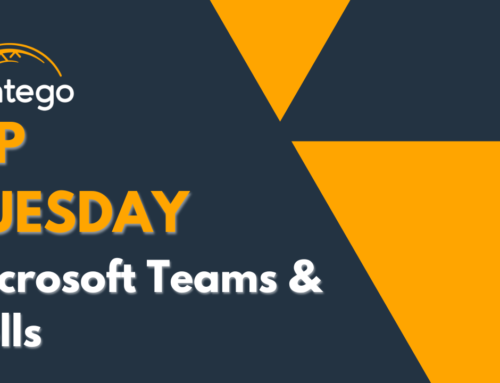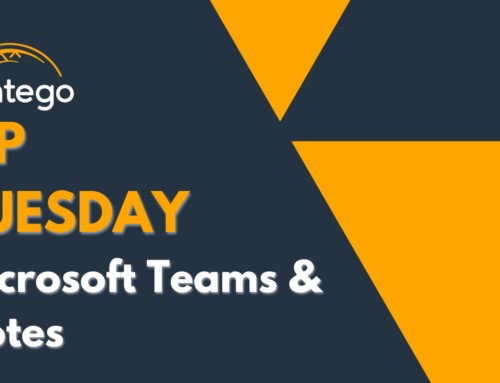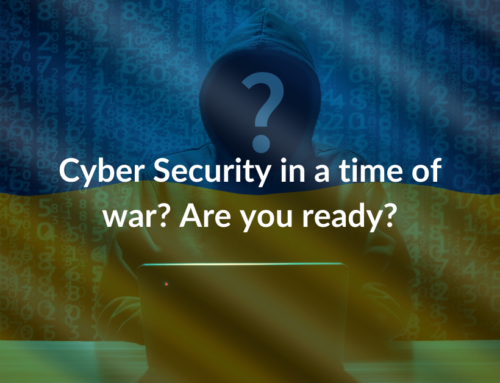Data Breaches: In the Numbers

Data breaches are becoming more and more common. It seems almost weekly that emails are sent out about corporate data breaches asking users to reset passwords. These breaches are scary and can result in personal information from social insurance numbers to banking login info to health data being stolen and sold to the highest bidder. At Contego, security is our number one priority. So, we’ve put together a list of actions we recommend when you or your organization is the victim of a data breach. Additionally, we go over some recommendations to mitigate the likelihood that such an event ever happens.
Even worse, many victims of data breaches take no post-breach action to limit identity or credit fraud.
When it comes to passwords, users are doing little to ensure they are safe.
So, what can you and your organization do to limit data breaches, recover information fast, and limit the fallout from these events? Based on our experience, the first and most important thing you or your organization can do is choose passwords that are unique and impossible to guess. A recent CTV article provided insights on the most common passwords in Canada. If you or anyone you know uses these or passwords like these, it’s time to change. We recommend choosing unique alphanumeric passwords that are a random order of numbers, letters, and symbols.
When faced with a data breach, what should you do? The following is a good checklist to go through when this happens.

All data from this article was from a 2021 study by the Identity Theft Resource Centre (ITRC). The study can be found here.





